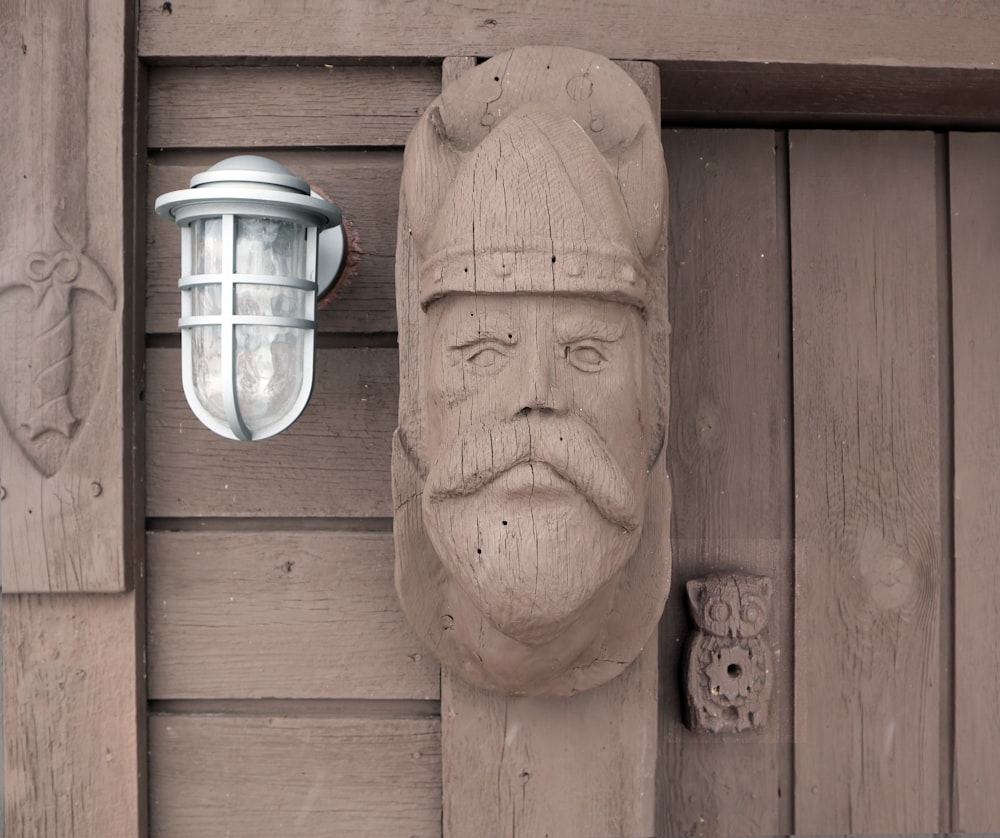Exploring the Richness of Nordic Heritage: Unraveling Viking Architectural Legacy
Guardians of the Fjords: Viking Fortresses
In the rugged landscapes of Scandinavia, Viking fortresses stand as silent sentinels, guarding the fjords against intruders and showcasing the architectural prowess of their builders. These imposing structures, often perched on cliffs or overlooking strategic waterways, served as both defensive strongholds and symbols of power and prestige. Constructed from timber, stone, and earthworks, Viking fortresses were marvels of engineering, designed to withstand the harsh realities of medieval warfare.
Longhouses: Heart of Viking Homesteads
At the heart of every Viking settlement stood the longhouse, a central gathering place where families ate, slept, and socialized. These large, rectangular structures were typically constructed from timber and featured thatched roofs and wooden walls. Inside, a central hearth provided warmth and light, while benches and tables offered seating for the household members. Longhouses varied in size and complexity, reflecting the social status and wealth of their owners, but they all shared a common purpose: to provide shelter and community for those who called them home.
Ship Burials: Honoring the Departed
One of the most iconic aspects of Viking architecture is the ship burial, a funerary practice reserved for nobles and chieftains. These elaborate ceremonies involved interring the deceased in a ship-shaped grave along with a wealth of grave goods, including weapons, jewelry, and household items. The ship itself was often constructed from timber and adorned with intricate carvings, symbolizing the journey of the soul to the afterlife. Ship burials not only honored the departed but also served as a testament to the maritime prowess and cultural sophistication of the Vikings.
Sacred Sites: Temples and Burial Mounds
Viking society was deeply religious, and temples and burial mounds played a central role in their spiritual practices. Temples, known as hofs, were dedicated to the worship of the Norse gods and goddesses, with rituals and ceremonies conducted by priests and priestesses. These sacred sites were often constructed from timber and featured intricate carvings and statues depicting the deities. Burial mounds, on the other hand, served as final resting places for the dead, with the deceased interred along with grave goods and offerings to accompany them on their journey to the afterlife.
Urban Centers: Trading Hubs and Settlements
While Vikings are often associated with raiding and pillaging, they were also skilled traders and craftsmen who established thriving urban centers throughout Scandinavia and beyond. These settlements, known as kaupangr or wics, were hubs of commerce and culture, where goods from across the known world were bought, sold, and exchanged. The architecture of these urban centers varied depending on their location and function but typically included marketplaces, workshops, and residential areas, all connected by a network of streets and pathways.
Legacy of Innovation: Viking Shipbuilding
Perhaps the most enduring legacy of Viking architecture is their mastery of shipbuilding. The Vikings were renowned sailors and explorers who traversed the seas in their iconic longships, using their advanced navigational skills to explore new lands and establish trading routes. Viking ships were constructed from timber and featured sleek, streamlined designs that enabled them to navigate shallow waters and navigate treacherous seas. These vessels were instrumental in the Vikings’ expansion and exploration, allowing them to reach as far as North America and the Mediterranean.
Preserving the Past: Protecting Viking Heritage
Today, the legacy of Viking architecture lives on in the historic sites and archaeological remains scattered throughout Scandinavia and beyond. From the towering fortresses of Norway to the burial mounds of Sweden, these remnants of the Viking Age offer a glimpse into a fascinating and complex civilization. Efforts to preserve and protect Viking heritage are ongoing, with archaeologists, historians, and preservationists working tirelessly to safeguard these invaluable cultural treasures for future generations to explore and enjoy. Read more about viking architecture





